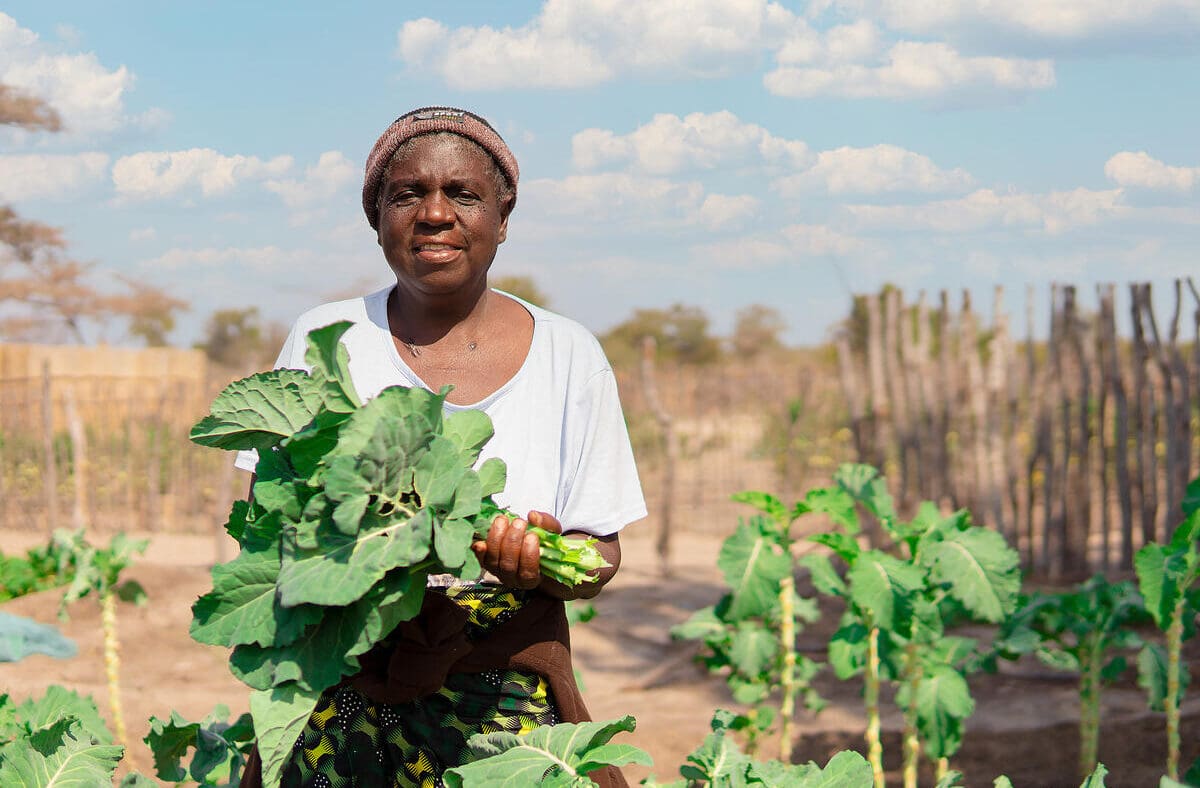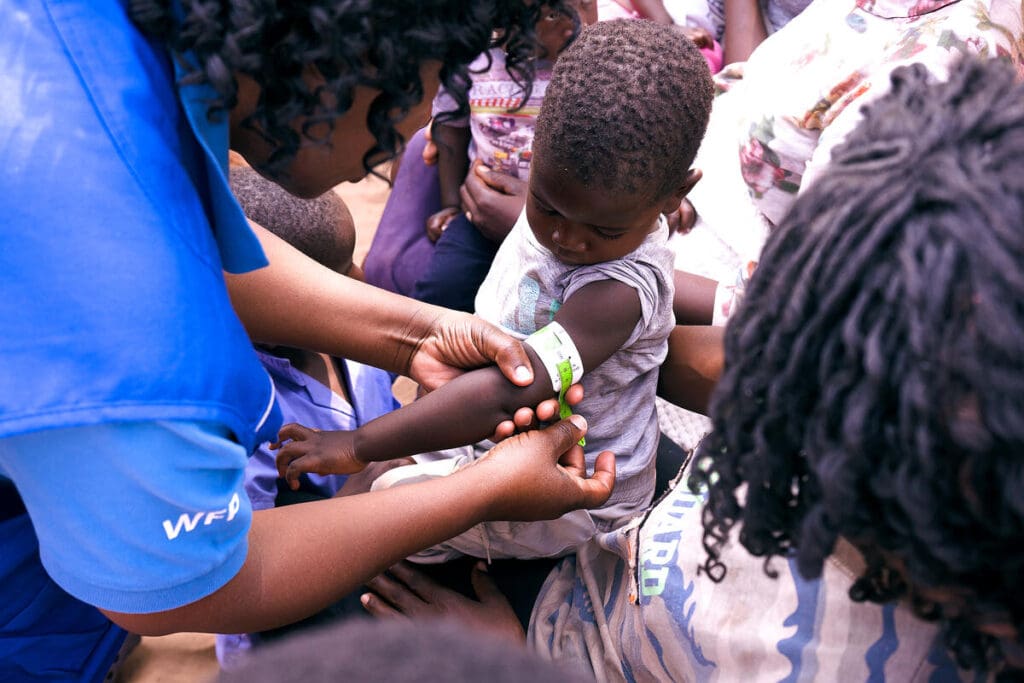
Namibia
The impact of climate change, coupled with COVID-19, has increased the scale of deprivation, food insecurity and malnutrition among vulnerable rural and urban communities in Namibia.
Climate Challenges
Namibia is an upper middle-income country with a population of 2.3 million. The country has experienced recurrent floods and drought, insect invasions and the COVID-19 pandemic – all of which all have had a profound impact on food security, health and nutrition. In 2017, the poverty rate stood at 17.4%.
A majority of the population depends on agriculture for all or part of their livelihoods, while 40% are smallholder farmers growing grain crops mainly for their own consumption.
Cropping conditions are generally poor and characterized by erratic rainfall and frequent floods and drought. Namibia is highly dependent on imports and is thus vulnerable to external price increases.


WFP’s Work in Namibia
WFP has been present in Namibia since 1990.
WFP’s focus in Namibia has shifted from food assistance to providing technical assistance to the government. The aim is to strengthen national capacities to end hunger by improving the efficiency and effectiveness of food safety net programs, such as school meals and relief operations, and to enhance the government’s capacity to assess, plan and respond to food security needs.
School meals School meals in Namibia are an important part of the country’s food safety nets. WFP supports the Ministry of Education in improving the efficiency and effectiveness of the school meals program. This includes the development of a school feeding policy and implementation guidelines.
Food Security Analysis: Namibia’s Food and Nutrition Security Monitoring System, which was developed with WFP support, collects information on individual households’ food consumption, their income and the strategies they develop to cope with difficult situations. This data is used to inform policy dialogue and program design.